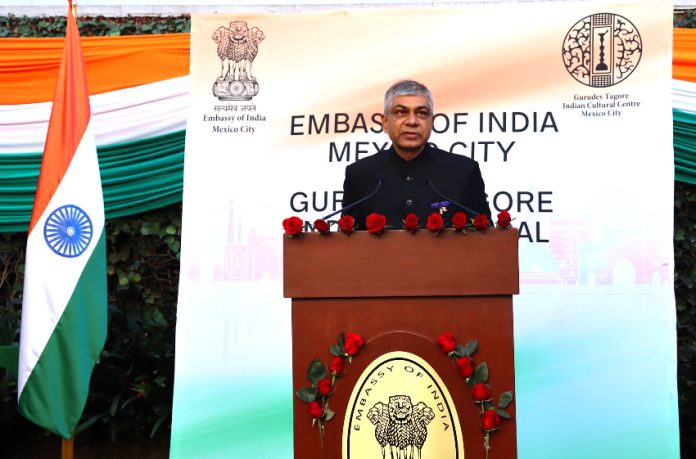As part of Mexico News Daily’s “India in Focus” week, Mexico News Daily co-owner Tamanna Bembenek talked to India’s Ambassador to Mexico Pankaj Sharma. Below you will find his insights about the Mexico-India relationship and their shared goals and opportunities.
This interview has been lightly edited for length and clarity.
TAMANNA BEMBENEK: You have named three key priorities for the India-Mexico relationship: tech, trade and tourism. In the current geopolitical climate, what unique opportunities do you see for Mexico and India to work together specifically around trade?
AMBASSADOR PANKAJ SHARMA: The three pillars of tech, trade and tourism derive from the priorities laid out by the Prime Minister of India Narendra Modi, and we are working towards forging mutually beneficial collaborations in each of these areas. As far as trade is concerned, the confluence of various factors presents a favorable environment for collaboration.
Firstly, with global shifts in supply chain dynamics, India and Mexico can collaborate to offer alternative manufacturing and sourcing options, providing more resilience to disruptions.
Secondly, leveraging the complementary strengths that both countries share can lead to mutually beneficial partnerships, especially in sunrise sectors such as renewable energy.
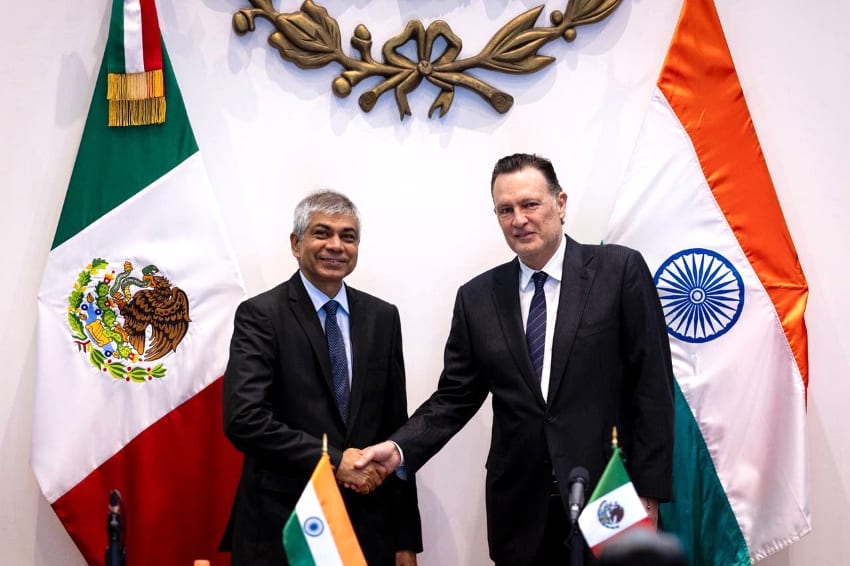
Thirdly, identifying specific sectors of mutual interest such as pharmaceuticals, automotive and information technology can contribute to boosting bilateral trade and investments.
Last, but not least, there is a need to simplify trade procedures and regulations, as well as reduce barriers to trade.
Today bilateral trade relations between India and Mexico are on an upswing, reaching an all-time high of US$ 11.4 billion in 2022. India is Mexico’s tenth-largest trading partner. To expand this trade potential, the Embassy of India in Mexico launched an initiative to establish The Trade & Commerce Council of India, which aims to foster cooperation between the businesses of India and Mexico.
When we talk about tourism, the number of Mexicans visiting India has slowly increased as we come out of the shadows of COVID-19 pandemic. Indians have also started looking at Mexico, especially for destination weddings. If we smooth out the challenges in terms of visas, direct flight connectivity and flight costs, I am sure that we can grow tourism between our countries.
TB: India has made great strides in raising its profile as one of the fastest-growing economies in the world. What can Mexico learn from India?
PS: Both India and Mexico have made great strides, which is evident from the recent economic data. India has become the world’s 5th largest economy, while Mexico has become the 12th largest economy. Mexico continues to attract investments with its nearshoring opportunities, while India with its economic reforms is becoming a manufacturing hub of Asia.
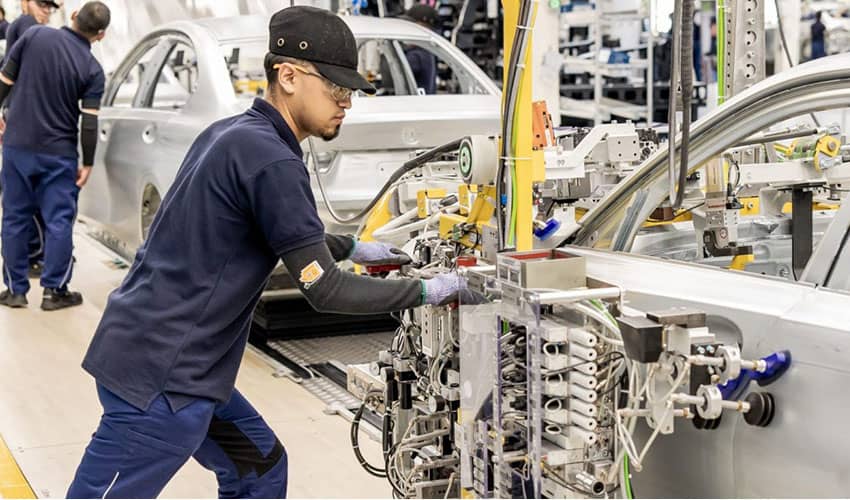
India has done well to implement ease-of-doing business reforms. In addition, introduction of the Insolvency and Bankruptcy Code (IBC) in 2016 brought a paradigm shift in handling corporate insolvency. As a result of these reforms, India has made the highest jump by any large country since 2011 in the World Bank’s Ease of Doing Business Index.
India has also focused on digital transformation. The Digital India program, launched in July 2015, is a flagship program of the Government of India that has transformed the country into a digitally empowered society and knowledge economy. The government’s focus on digital public infrastructure has resulted into India being the second-fastest digital adopter among 17 major economies of the world.
This has created a huge market for a host of digital services, platforms, applications, content, and solutions, and an attractive opportunity for global and local businesses to invest in emerging technologies like AI, block chain, or quantum technology.
India’s focus on infrastructure development, including transportation, energy and connectivity has played a crucial role in supporting economic growth.
The Indian government’s push on skill development is paying dividends. Under the Skill India Mission, launched in 2015, the focus is on short and long-term training programs for the country’s workers. Between 2017 and 2023 more than 10 million people have been trained under this program to create a more equitable, inclusive and sustainable future.
Lastly, India is successfully diversifying its economy, moving beyond traditional sectors to embrace technology and innovation. With 100+ “unicorns”, India has the world’s third-largest startup ecosystem. India has also made a huge leap of 41 places in seven years in the WIPO’s Global Innovation Index with a 50% increase in the filing of patents in the last seven years.
However, all of this growth would be pointless if the last person in the queue did not benefit. Staying faithful to Mahatma Gandhi’s “Antyodaya” concept (working towards uplifting the poorest populations) the government is aiming to make economic growth as inclusive and equitable as possible.
TB: The Indian Embassy together with the Mexican Foreign Affairs Ministry held the first joint IT forum in Mexico City in October last year. What does Mexico need to do to attract more IT investment from India?
PS: Mexico has already become an attractive destination for IT investments, not only due to the nearshoring opportunities, but also the fact that Mexico has some of the best IT educational institutions and skilled professionals.
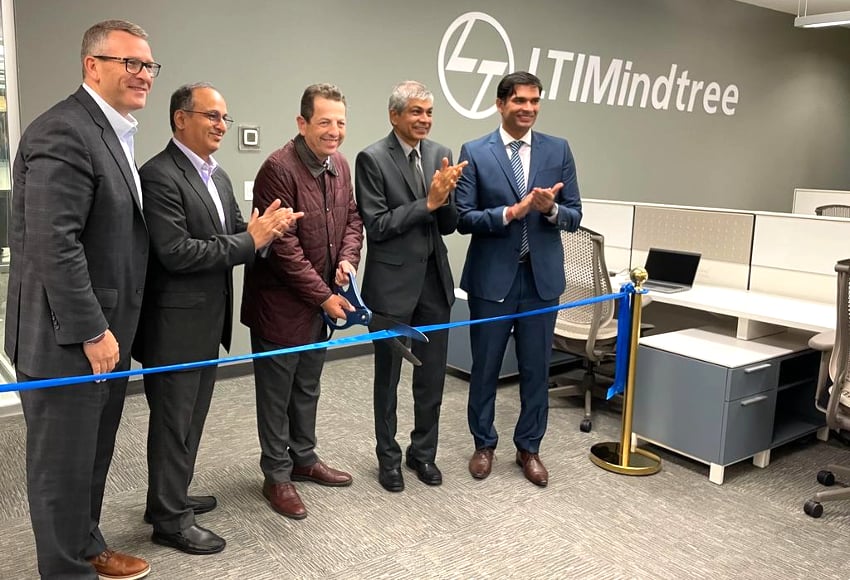
We already have the presence of several major IT companies from India, like HCLTech, TCS, Infosys, Wipro, Birla Soft, Tech Mahindra in Mexico. System Soft technologies and Grey Matter solutions are recent additions. LTIMindtree has opened its first delivery center in Mexico City. More Indian companies like Avahi, Aryanco Partners are exploring the Mexican market and will enter soon. So there is already a good flow of Indian investments in this critical sector in Mexico.
The India-Mexico High Tech forum was an attempt to bring together these IT companies from both India and Mexico and brainstorm on some of the key emerging areas, such as Fintech and Artificial Intelligence, and to build useful synergies.
TB: What does Mexico need to do to attract more pharmaceutical/medical device investment from India?
PS: Pharmaceutical products are an important component of our trade basket with Mexico and an important sector for Indian investment.We already have the presence of Sunpharma, Torrent, Cipla, Heterodrugs, Zydus, Dr.Reddy’s, Lupin, Micro Labs, Accord Pharma and others in Mexico. However, there is still scope to further expand the presence of Indian pharmaceutical players, which will substantially benefit the Mexican people by making a wide variety of quality medicines available at an affordable cost, in keeping with the priorities of President López Obrador.
TB: What can India do to deepen the relationship with Mexico? Why is a strong India- Mexico relationship important in today’s world?
PS: The continued high-level exchanges have helped to increase bilateral ties between the two countries.The two visits to India by former foreign minister of Mexico Marcelo Ebrard 2022 and 2023 outlined new areas of cooperation, particularly in science and technology and health. To give an example, ImmunoAct, an Indian company, is collaborating with the Salvador Zubirán National Institute of Medical Sciences and Nutrition (INCMNSZ), Instituto Politécnico Nacional (IPN) and AMEXCID to bring new cancer therapy to Mexico at a substantially lower price than other cancer therapies.

During the most recent visit of former foreign minister Ebrard to India in March 2023, a MoU was signed for joint research in priority areas of hydraulics, electric mobility and low-cost vaccines.
The space industry is another potent area of collaboration between our two countries. Recently, India achieved an important feat by becoming the first country to land a space probe on the South Pole of the moon and only the fourth country ever to soft-land on moon. The world was surprised to learn that the cost of this project was just US $75 million. India also successfully sent an orbiter to Mars, which cost only US $73 million, showcasing the Indian space agency’s capability of launching highly cost-effective and successful projects. We already have a few memorandums of understanding between Mexico and India in the areas of remote sensing and forest fire management.
In the dynamic landscape of today’s globalized world, a robust relationship between India and Mexico holds paramount significance.
Both nations are pivotal players in their respective regions, and a strong partnership can contribute to a more balanced and diversified global order. By fostering closer economic ties, sharing technological advancements, and collaborating on regional and global issues, India and Mexico can collectively contribute to the stability of an increasingly interconnected world. Economically, closer India-Mexico ties open up vast opportunities for trade and investment. Both countries possess unique strengths and resources that complement each other. Collaborative efforts can result in job creation and bring overall economic prosperity for both the nations.
Lastly, the alignment of India and Mexico on shared values such as democracy, multiculturalism, and a commitment to international law provides a strong foundation for diplomatic cooperation. By working together on global issues ranging from climate change and sustainable development to global health challenges, we will contribute to the overall stability and progress of the global community.
TB: What is something that has surprised you about Mexico and Mexicans in your time here?
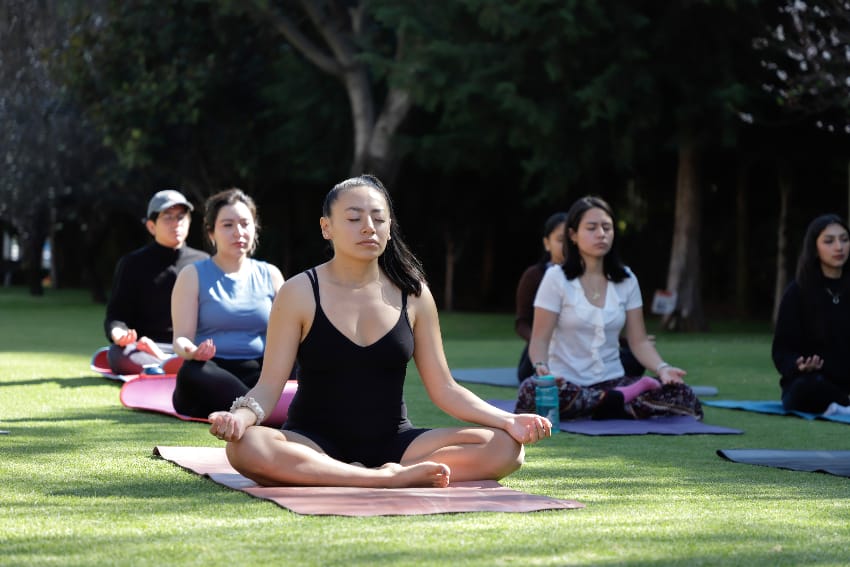
PS: I am grateful that my job gives me the opportunity to travel and experience life in different places. In Mexico, I am surprised by the sheer number of delicious tacos and no matter how hard I try, I can’t convince anyone to share their mole recipes with me. I guess that’s a well-guarded secret in Mexico! But in all seriousness, the warmth and kindness of people, the vibrant culture and the incredible landscapes leave me in awe of this great country.
TB: Many Mexicans are fascinated by Indian culture. What cultural ties between India and Mexico are you looking to promote or emphasize?
PS: It is quite heartening to witness Mexican admiration for Indian culture. India and Mexico are two ancient civilizations and we are proud of our history, culture and traditions. The Mexican Nobel Laureate and ambassador Octavio Paz beautifully captured these similarities in his writings. To further build upon this, there’s a need to weave a bond of shared experiences that transcends geographical boundaries.
One way we are bringing India closer to Mexico is through the Gurudev Tagore Indian Cultural Center. Not only have we opened the doors to our friends in Mexico to celebrate the Indian festivals together in Mexico City, but we have also brought various cultural troupes and organized cultural programs in different cities of Mexico to enable a deeper exploration of language, literature and traditional practices. I invite all my Mexican friends to be part of our celebrations and enjoy the various dance, yoga, music and other classes on offer.
India has been a regular participant of the Cervantino and Santa Lucia cultural festivals, as well as FINI (International Image Festival) and FIL (International Book Fair). Cultural engagements with local institutions are as important. We have a few major events planned in the coming weeks, such as an “India Day” in partnership with the Ibero-American University and an Indian film festival to be held in various cities of Mexico.
Our hope is to create a greater understanding that goes beyond stereotypes, forging a strong bridge between the people of India and Mexico. However, governments are just one part of this kind of cultural bonding. It is the people who are the real ambassadors of culture, and we are proud to have a vibrant Indian community living across Mexico, which has done commendable work in bringing the two countries closer.
For updates on Indian government initiatives in Mexico, follow the Embassy of India in Mexico on X.
This article is the third in Mexico News Daily’s “India in Focus” series. Read about the history of relations between India and Mexico here and their cultural similarities here.
